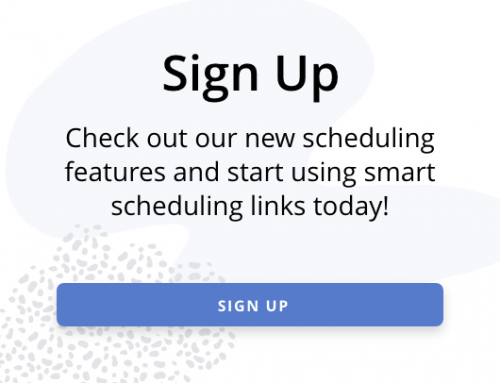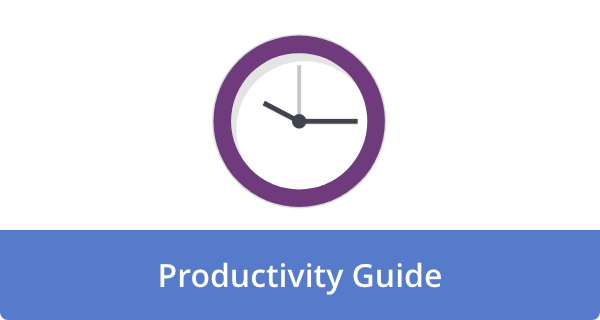

You don’t need more people. You need less drag. The fastest small teams I’ve seen plan just enough to create clarity, protect focus, and keep options open. That balance is tricky. Done right, you’ll ship sooner with fewer meetings and less stress.
We heard from top experts while researching this article:
- Camille Fournier, ex-CTO at Rent the Runway, argues that her best teams “made small, confident bets, then learned in public.”
- Julie Zhuo, former VP of product at Facebook, frames it as “make it real quickly, then make it right.”
- Jason Fried, cofounder of Basecamp, adds a constraint: “If it takes too long, you planned the wrong thing.”
The payoff here is speed without chaos, and the tradeoff is comfort. You’ll trade perfect certainty for momentum.
1. Start each week with one outcome, not ten tasks
Open Monday with a 15-minute huddle to set a single headline outcome for the team. Capture it as one sentence everyone can repeat. Then ask what must be true by Friday to call it done. A single outcome sharpens tradeoffs, which is why it beats a scattered task list. If you can’t name one outcome, you’re signaling you haven’t chosen.
2. Freeze priorities for two weeks with a clear kill switch
Run in two-week windows, with priorities unchanged unless a named leader pulls a visible “stop” cord. Post the cord rules in your chat topic. Stability lets people enter flow; the kill switch preserves agility for true surprises. You avoid the constant churn that burns hours without moving the goalpost.
3. Write one-page briefs with problem, bet, and measure
Before work starts, draft a one-pager: problem, the bet we’re placing, guardrails, and how we’ll know it worked. Keep it scannable and share it in the same channel every time. A crisp brief prevents rework by aligning assumptions early. If it takes more than 20 minutes to write, the scope is probably too big.
4. Size by appetite, not estimate
Decide how much time you’re willing to spend, then design a solution that fits the “appetite” you choose —1 week or 2 weeks. For example, “one-week appetite for a beta onboarding.” Constraints force creativity and protect the schedule risk. Estimates guess; appetites choose.
5. Make standups asynchronous and brutally short
Replace daily meetings with a 10-minute async check-in: “Yesterday, today, blocked.” Post by 10 a.m., react with an emoji when read. Meet only when a blocker persists 24 hours. You’ll recover 3 to 5 hours per person each week and still surface issues in time to fix them.
6. Set a meeting budget and enforce it
Give the team a weekly cap, like 2 hours per person, and track it openly. Overages require a trade: add time only by dropping something else. Budgets make the hidden cost of meetings visible. When time becomes a scarce resource, agenda quality rises, and “could be an email” actually becomes one.
7. Decide once, record once, move on
Create a living “decision log” with three fields: decision, owner, and date. Keep each entry to a max of 3 sentences. Centralizing decisions reduces repeat debates and speeds onboarding. It also gives you a factual trail when memory gets fuzzy and the stakes get high.
8. Run a 15-minute premortem before launches
Gather the people doing the work and ask, “It’s 30 days later, and this failed. What went wrong?” List the top three risks, then add one prevention step for each. Premortems surface blind spots early and convert anxiety into action. Even one avoided failure returns the time with interest.
9. Create a fast lane for customer-critical issues
Define a separate path for revenue or trust-threatening problems. Give it a bright label, a response SLA, and a dedicated on-call rotation. Everything else waits. A fast lane avoids context-switching the whole team while still treating true emergencies like the exceptions they are.
10. Protect maker time on shared calendars
Block two 2-hour focus windows per person, Tuesday through Thursday, and make them company-visible. Backstop with “no-meeting mornings” where possible. Long, uninterrupted blocks are where complex work actually ships. The calendar is a planning document; treat it like one.
11. Prune the backlog every Friday
Spend 20 minutes deleting, merging, or rewording tickets. Archive anything older than 90 days unless someone argues to keep it. A smaller, sharper backlog reflects reality and reduces decision fatigue. The act of pruning is the point; you’re paying the small weekly cost to avoid the huge quarterly mess.
12. Close the week with keep, stop, try
End Fridays with a 15-minute retro: one thing to keep, one to stop, one to try next week. Capture decisions and assign a single owner per change. This lightweight loop compounds. Over 12 weeks, three small tweaks per week equals 36 improvements without an off-site or a deck.
Closing thoughts
Speed is a planning choice, not a personality trait. These twelve moves create just enough structure to protect focus and just enough feedback to adapt quickly. Pick three to try next week. Measure the simple things first, like meeting hours or cycle time —and adjust them every Friday. In a month, your calendar will look different and your team will feel different. That’s the signal you’re getting faster.
Image Credit: Photo by Fox: Pexels











Angela Ruth
My name is Angela Ruth. I aim to help you learn how Calendar can help you manage your time, boost your productivity, and spend your days working on things that matter, both personally and professionally. Here's to improving all your calendars and becoming the person you are destined to become!